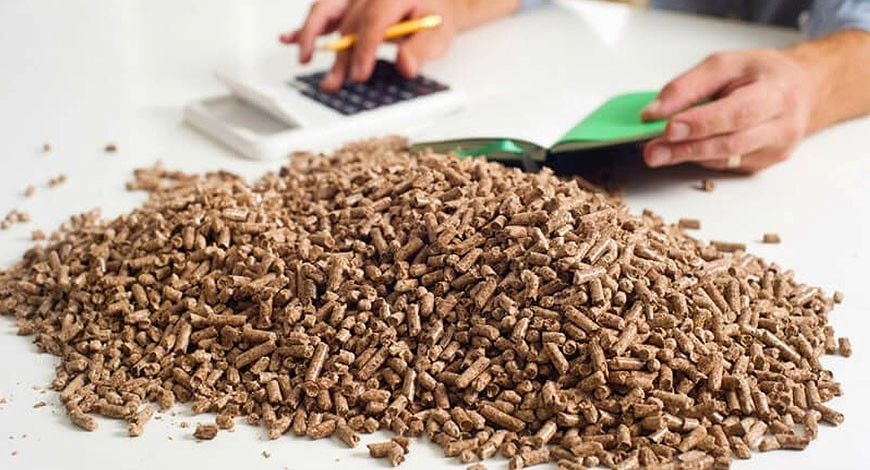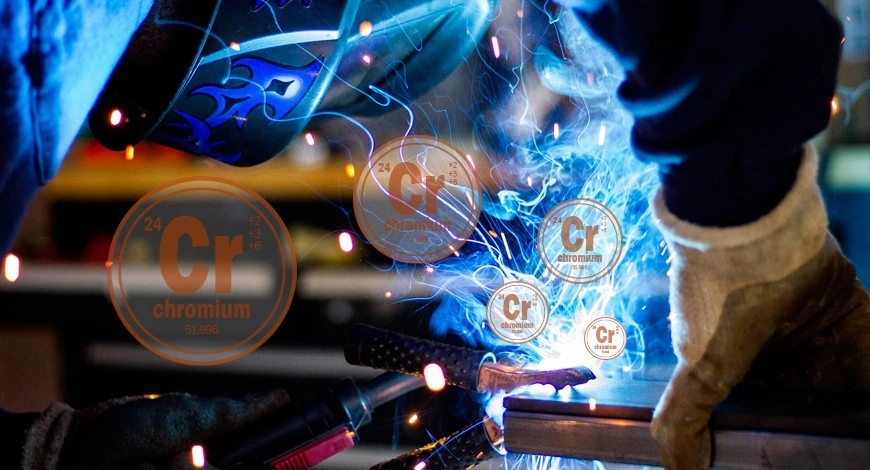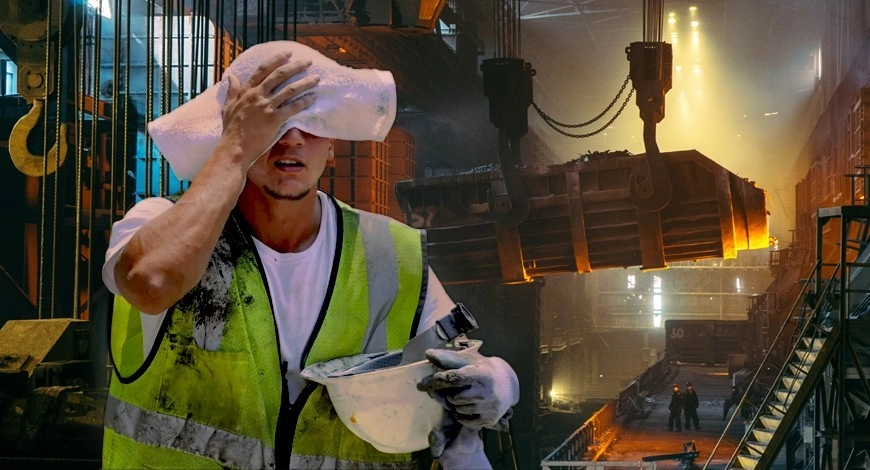A recent Argus Biomass Markets study published in June highlights the fact that the cost of wood pellets exceeded $300 per tonne in Europe and America. More than double what it was in December 2021, less than six months earlier!
Read More






